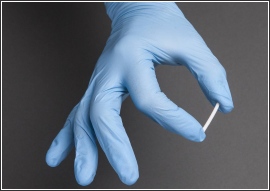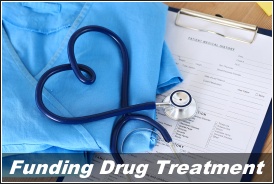 In past decades, opioid addiction was skewed more heavily toward an older generation of adults. But today we have larger numbers of youth using opioids and experiencing addiction-related problems at earlier ages. Importantly, research has demonstrated conclusively that those who remain engaged in treatment for six months or more are much more likely to stabilize and to enjoy sustained success with recovery.
In past decades, opioid addiction was skewed more heavily toward an older generation of adults. But today we have larger numbers of youth using opioids and experiencing addiction-related problems at earlier ages. Importantly, research has demonstrated conclusively that those who remain engaged in treatment for six months or more are much more likely to stabilize and to enjoy sustained success with recovery.
A recent Reuters Health article highlights the fact that many opioid-addicted youth are either not yet engaging in treatment or are exiting treatment too early. While more youth are being saved through the overdose reversal drug naloxone, a majority of addicted youth are still not receiving medicated-assisted treatments such as buprenorphine or methadone.
More work is necessary to open up treatment avenues for young adults across America, and to both educate & compel youth to seek MAT (medication-assisted treatment) as soon as possible.
The opioid addiction problem in America will not soon disappear. Drugs continue to find their way across the U.S. border through multiple avenues. Positive efforts are indeed bringing needed change, but the complexity and extent of opioid addiction in the U.S. will require a long-term, sustained commitment throughout the country. We must get the message out – especially to young people who may not fully grasp the power of addiction!

 Follow
Follow

 Opioid addiction is one of the more challenging substance use disorders to confront and manage because of its physical dependency characteristics. Once the process of physical addiction has taken hold, avoiding daily withdrawal becomes a high hurdle.
Opioid addiction is one of the more challenging substance use disorders to confront and manage because of its physical dependency characteristics. Once the process of physical addiction has taken hold, avoiding daily withdrawal becomes a high hurdle. The FDA has approved a new implantable drug called Probuphine. Probuphine contains the partial opioid agonist, buprenorphine, which is used to suppress the opioid withdrawal symptoms that interfere with daily life.
The FDA has approved a new implantable drug called Probuphine. Probuphine contains the partial opioid agonist, buprenorphine, which is used to suppress the opioid withdrawal symptoms that interfere with daily life. President Obama recently attended the National Prescription Drug Abuse and Heroin Summit in Atlanta, Georgia. Professionals and concerned citizens used the forum to explore ways to address America’s rising opioid addiction problem.
President Obama recently attended the National Prescription Drug Abuse and Heroin Summit in Atlanta, Georgia. Professionals and concerned citizens used the forum to explore ways to address America’s rising opioid addiction problem.


